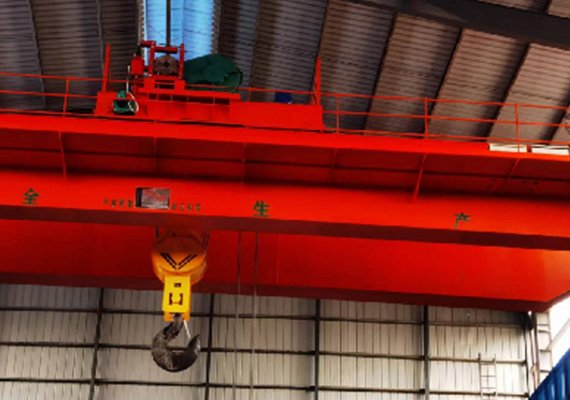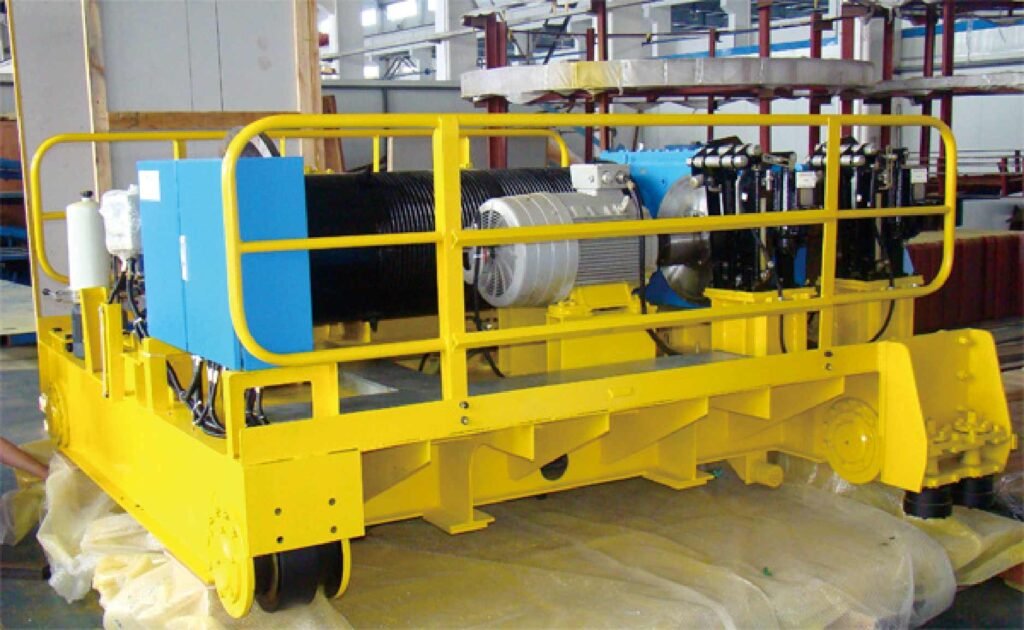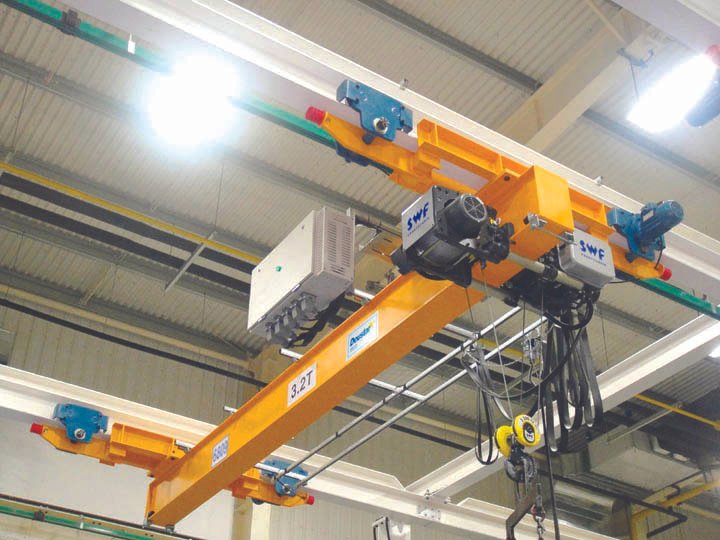Overhead crane maintenance is essential to keep your equipment operating efficiently and safely. However, many businesses still believe in common myths that could potentially lead to costly repairs and downtime.
Understanding these myths and knowing the right way to maintain your crane can save you money, enhance safety, and extend the lifespan of your equipment. In this article, we’ll debunk some common misconceptions about overhead crane maintenance and share the best practices for keeping your crane in optimal condition.
Myth 1: Maintenance Is Only Necessary When the Crane Breaks Down
One of the most prevalent myths in overhead crane maintenance is the belief that maintenance is only required when the crane malfunctions. While it’s true that immediate repairs are necessary when a breakdown occurs, waiting until a problem arises can result in severe damage and costly repairs.
The Reality: Preventative maintenance is crucial for avoiding unexpected breakdowns and minimizing repair costs. Regular inspections and timely maintenance help identify small issues before they become major problems. A well-maintained crane will also operate more efficiently, which can reduce energy costs and improve safety.
Best Practice: Create a regular maintenance schedule that includes both visual inspections and detailed checks of key components, such as the hoist mechanism, crane hooks, cables, and electrical systems. Performing routine checks ensures that your crane remains operational without costly downtime.

Myth 2: Crane Operators Can Handle All Maintenance Tasks
Another common misconception is that crane operators can manage all the maintenance tasks by simply relying on their experience. While crane operators are vital to ensuring safe and efficient crane operation, maintenance requires a different set of skills.
The Reality: Overhead crane maintenance should be handled by qualified professionals who have the proper training and expertise. Relying solely on the operator can lead to improper maintenance or missed issues that could lead to a breakdown.
Best Practice: Employ certified crane maintenance specialists who can conduct thorough inspections and perform the necessary repairs. Operators can assist by monitoring the crane’s performance, but regular inspections by a qualified technician are critical to identifying potential issues that operators might miss.
Myth 3: Small Issues Can Be Ignored Until They Become Bigger Problems
It’s easy to overlook minor issues such as a loose bolt or a small leak, especially when the crane is still functioning. However, ignoring small problems can lead to bigger, more expensive repairs down the line.
The Reality: Small issues can quickly escalate, causing significant damage to the crane and putting workers at risk. For instance, a small issue with the electrical system could lead to a full system failure, or a minor crack in the crane structure could cause a catastrophic breakdown.
Best Practice: Addressing small issues early is a cost-effective strategy. Always inspect and repair minor defects before they can compromise the crane’s performance or safety. Regular maintenance helps to identify these problems early and allows you to fix them before they escalate.

Myth 4: Using Low-Quality Parts Is Fine as Long as the Crane Works
When it comes to replacing parts during overhead crane maintenance, some businesses may opt for low-cost, low-quality replacements to save money. However, using subpar parts can compromise the crane’s performance and safety.
The Reality: Using non-original or inferior parts can lead to premature wear, increased downtime, and even safety hazards. While cheaper parts may seem like a good short-term solution, they often result in more expensive repairs and potential safety violations in the long run.
Best Practice: Always use original equipment manufacturer (OEM) parts or high-quality replacements that meet the manufacturer’s specifications. This ensures that the crane operates at its peak performance and adheres to safety standards.
Myth 5: The Environment Doesn’t Affect Crane Maintenance
Some businesses believe that the environment in which a crane operates has no impact on its maintenance needs. However, cranes operating in harsh environments—such as extreme temperatures, corrosive chemicals, or high humidity—require more frequent and specialized maintenance.
The Reality: Environmental factors significantly affect the wear and tear of crane components. For example, cranes working in outdoor environments with exposure to rain or snow will experience more corrosion and require more frequent lubrication. Similarly, cranes operating in high-temperature areas might experience faster wear of their electrical systems and motors.
Best Practice: Tailor your overhead crane maintenance schedule based on the specific environmental conditions where the crane operates. For cranes in harsh environments, consider additional protective measures, such as corrosion-resistant coatings, regular cleaning, and more frequent inspections.

Proper Overhead Crane Maintenance Practices
To keep your overhead crane in optimal working condition, it’s essential to follow a comprehensive maintenance program. Here are some key best practices for effective overhead crane maintenance:
- Regular Inspections: Schedule routine inspections to check for wear and tear, lubrication needs, and potential mechanical failures. This includes checking the crane’s hoist, hooks, wire ropes, and brake systems.
- Lubrication and Cleaning: Keep moving parts well-lubricated and free from dirt and debris. This reduces friction, minimizes wear, and enhances crane performance.
- Electrical System Checks: Perform regular checks on the crane’s electrical system, including wiring, motors, and control systems. Electrical failures are a leading cause of crane breakdowns, so regular checks are vital to ensuring a reliable power supply.
- Safety Features: Test all safety mechanisms, including limit switches, emergency stop buttons, and safety alarms, to ensure they function correctly.
- Proper Training: Ensure that your team is well-trained on the importance of crane maintenance and follows safe operating procedures. Well-trained operators and maintenance technicians can spot potential issues early and prevent costly repairs.
Conclusion
Overhead crane maintenance is vital for ensuring the longevity and safety of your equipment. By understanding and addressing common maintenance myths, businesses can prevent costly repairs, reduce downtime, and maintain a safe working environment. Regular inspections, using high-quality parts, and tailoring your maintenance schedule to the operating environment are key to optimizing crane performance.
Contact us:
Mr. Liu
Phone/WhatsApp/Wechat: +86-13751538898
Email: yonghaoqizhong@163.com




